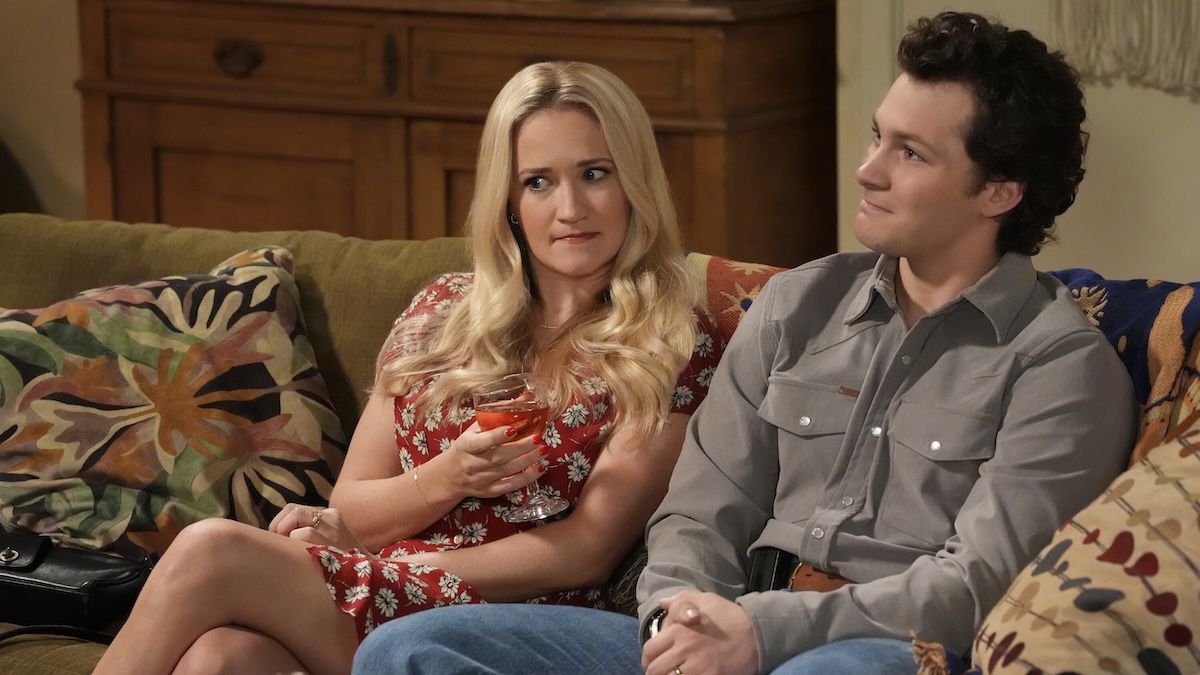Off the Rails: Lens Cuff Does One Thing (but Does It So Well)
There are a lot of ways to mount a motor to your lens, the most common of which is rods. Put some 15mm or 19mm (or, Panavision-sized if you are on an older camera) rails on your camera and mount motors to that. Works most of the time.There are times when it doesn't work, though, and there's the Lens Cuff for those. The lens cuff is another way to mount motors and accessories to your lens. It's simple and effective. It may not be right in every situation, but when you need it, you'll be happy it exists.Let's take a look at the pros, cons, and everything in between of the Lens Cuff. The Lens CuffWhat's the Lens Cuff?The Lens Cuff is a ring that mounts to the body of your lens. It comes with step-down rings that support a variety of lens body sizes, and it clamps on securely. There's a thread hole in there as well if you need to mount it directly to a tripod or another bolt-on accessory.Then, on the outside, there is a mount for a standard rail. You can then use that to mount motors your motors. It comes with a tiny little rail that slides right into that slow and would let you mount whatever motor you wanted right onto the lens.The whole unit is lightweight, secure, and best of all, orientable. Want to mount the motor on one side or the other, on top or on the bottom? You can do that easily and quickly with the ring.Best Use Cases for the Lens Cuff The Lens Cuff on a Steadicam rigThe Lens Cuff is Great for Steadicam RigsThis brings us to the best argument for the Lens Cuff: Steadicam. Setting up a Steadicam rig is all about balance, and the main thing that throws your balance off is your motors. I've worked many Steadicam jobs where we put two motors on (both Iris and Focus), but only for balance, one on either side. You know you aren't doing an iris rack, but you put that second motor on there for balance.With the Lens Cuff, you can just rotate the system until the motor is where you want it. In the image above, you see we put the Nucleus-M motor right on top of the lens. This made our life so much easier since we really only wanted one lens on the camera (for focus), and the Lens Cuff let us put it right where we wanted.We were also able to save ourselves the entire dovetail plate since we didn't need a matte box, allowing for a lighter, simpler setup.Keep Your Camera Setup Light and FlexibleThe Lens Cuff is mostly going to be useful for you in "odd" situations. Have a situation where you're trying to keep your overall body configuration as light as possible? The Lens Cuff will save you the weight of rails and dovetail plate and let you still run a motor. Are you doing drone work with cinema primes (it happens!)? The Lens Cuff will be for you.But it's not just weight, it's also configurability. Maybe you are working with an ancient underwater system, or rigging the camera to an odd car mount, sometimes you just can't get the rails setup you want easily. The Lens Cuff is going to be a great option in all of those situations. The Lens CuffIt's Great for Old CamerasThis might mostly apply to me and a small number of other people, but one of the huge benefits here is when working with old or otherwise weird and non-conforming cameras. I got the Lens Cuff for a job shooting with the Blackmagic 12K where I could have rails, but I always wanted to roll without them occasionally.But then I realized, holy cow, this solves my Panavison problem! I teach a class on an older Panaflex XL2. If I want to use modern motors I need a whole complicated dog leg system since the XL2 was originally designed for 1980s-era Panavision accessories, not the modern ecosystem. Older Panavision uses a non-standard rod size and a non-standard motor. So, adapters and various other hurdles need to be navigated to get a modern motor system working. But not with the Lens Cuff, which just clamps straight onto the Primos. It's easy and fast. I can put the motors wherever I need them and I don't need to worry about making older rods work with newer motors.What Are Some Drawbacks?Its main drawback should be obvious to most working DPs by now; swinging a lens. Every time you want to go from a 24mm to an 85mm, you need to take the cuff off and put it on another lens. Compare this to leaving the motor on the rails and just swapping a lens out, and it takes slightly longer.This is going to either be a minor annoyance or a major one, depending on the job. If you are shooting an indie feature doing 40 setups a day and running pages of dialogue, where the camera barely moves at all, you'll want to stick with your normal old rails and eat the weight. The Lens CuffThe lens cuff isn't designed to replace rails for those kinds of gigs. The gigs where it will be used are special camera setups where the build/breakdown time is built into your day. Or on gigs where you might leave a single lens on all day. It could make sense to use with something like the Sigma or Loawa cine zooms on a multi-camera shoot, where you won't swing a lens all day but want less


There are a lot of ways to mount a motor to your lens, the most common of which is rods. Put some 15mm or 19mm (or, Panavision-sized if you are on an older camera) rails on your camera and mount motors to that. Works most of the time.
There are times when it doesn't work, though, and there's the Lens Cuff for those. The lens cuff is another way to mount motors and accessories to your lens. It's simple and effective. It may not be right in every situation, but when you need it, you'll be happy it exists.
Let's take a look at the pros, cons, and everything in between of the Lens Cuff.
 The Lens Cuff
The Lens Cuff
What's the Lens Cuff?
The Lens Cuff is a ring that mounts to the body of your lens. It comes with step-down rings that support a variety of lens body sizes, and it clamps on securely. There's a thread hole in there as well if you need to mount it directly to a tripod or another bolt-on accessory.
Then, on the outside, there is a mount for a standard rail. You can then use that to mount motors your motors. It comes with a tiny little rail that slides right into that slow and would let you mount whatever motor you wanted right onto the lens.
The whole unit is lightweight, secure, and best of all, orientable. Want to mount the motor on one side or the other, on top or on the bottom? You can do that easily and quickly with the ring.
Best Use Cases for the Lens Cuff
 The Lens Cuff on a Steadicam rig
The Lens Cuff on a Steadicam rig
The Lens Cuff is Great for Steadicam Rigs
This brings us to the best argument for the Lens Cuff: Steadicam. Setting up a Steadicam rig is all about balance, and the main thing that throws your balance off is your motors. I've worked many Steadicam jobs where we put two motors on (both Iris and Focus), but only for balance, one on either side. You know you aren't doing an iris rack, but you put that second motor on there for balance.
With the Lens Cuff, you can just rotate the system until the motor is where you want it. In the image above, you see we put the Nucleus-M motor right on top of the lens. This made our life so much easier since we really only wanted one lens on the camera (for focus), and the Lens Cuff let us put it right where we wanted.
We were also able to save ourselves the entire dovetail plate since we didn't need a matte box, allowing for a lighter, simpler setup.
Keep Your Camera Setup Light and Flexible
The Lens Cuff is mostly going to be useful for you in "odd" situations. Have a situation where you're trying to keep your overall body configuration as light as possible? The Lens Cuff will save you the weight of rails and dovetail plate and let you still run a motor. Are you doing drone work with cinema primes (it happens!)? The Lens Cuff will be for you.
But it's not just weight, it's also configurability. Maybe you are working with an ancient underwater system, or rigging the camera to an odd car mount, sometimes you just can't get the rails setup you want easily. The Lens Cuff is going to be a great option in all of those situations.
 The Lens Cuff
The Lens Cuff
It's Great for Old Cameras
This might mostly apply to me and a small number of other people, but one of the huge benefits here is when working with old or otherwise weird and non-conforming cameras. I got the Lens Cuff for a job shooting with the Blackmagic 12K where I could have rails, but I always wanted to roll without them occasionally.
But then I realized, holy cow, this solves my Panavison problem! I teach a class on an older Panaflex XL2. If I want to use modern motors I need a whole complicated dog leg system since the XL2 was originally designed for 1980s-era Panavision accessories, not the modern ecosystem. Older Panavision uses a non-standard rod size and a non-standard motor. So, adapters and various other hurdles need to be navigated to get a modern motor system working. But not with the Lens Cuff, which just clamps straight onto the Primos. It's easy and fast. I can put the motors wherever I need them and I don't need to worry about making older rods work with newer motors.
What Are Some Drawbacks?
Its main drawback should be obvious to most working DPs by now; swinging a lens. Every time you want to go from a 24mm to an 85mm, you need to take the cuff off and put it on another lens. Compare this to leaving the motor on the rails and just swapping a lens out, and it takes slightly longer.
This is going to either be a minor annoyance or a major one, depending on the job. If you are shooting an indie feature doing 40 setups a day and running pages of dialogue, where the camera barely moves at all, you'll want to stick with your normal old rails and eat the weight.
 The Lens Cuff
The Lens Cuff
The lens cuff isn't designed to replace rails for those kinds of gigs. The gigs where it will be used are special camera setups where the build/breakdown time is built into your day. Or on gigs where you might leave a single lens on all day. It could make sense to use with something like the Sigma or Loawa cine zooms on a multi-camera shoot, where you won't swing a lens all day but want less weight for your body.
I suspect for some shooters this might become a default way to mount a motor, but even for everyone else it's worth it to have it as an option for lens setups.
Final Thoughts on the Lens Cuff
The Lens Cuff is one of those wonderful specialized things that someone clearly needed, couldn't find, and made happen. Not everyone needs one, but if you are shooting the kinds of jobs where you do need one, you'll be so happy it exists.
Apparently, we're going to see some more from Lens Cuff to make attaching other accessories even easier, which is exciting, and we'll be paying attention to see if they can help us rig faster, more robust setups to get shots we couldn't do otherwise.
Check out the Lens Cuff site for more.


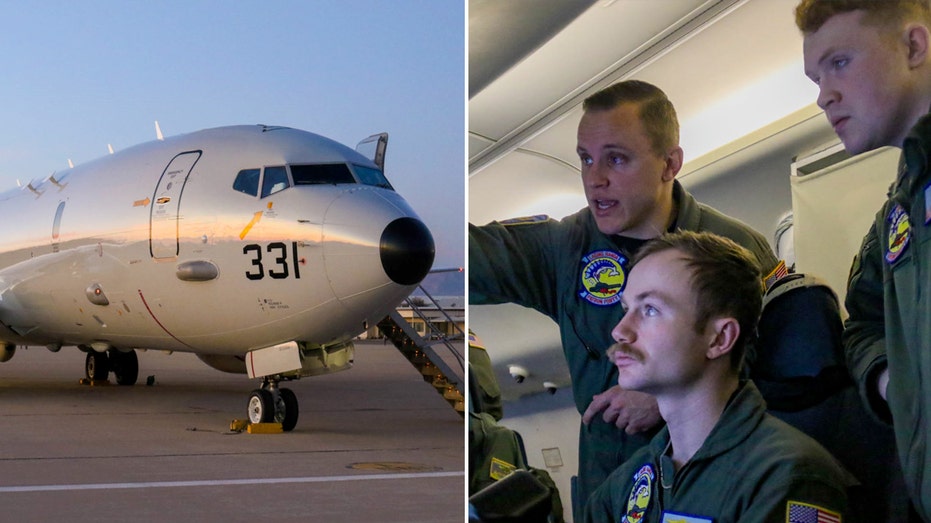



















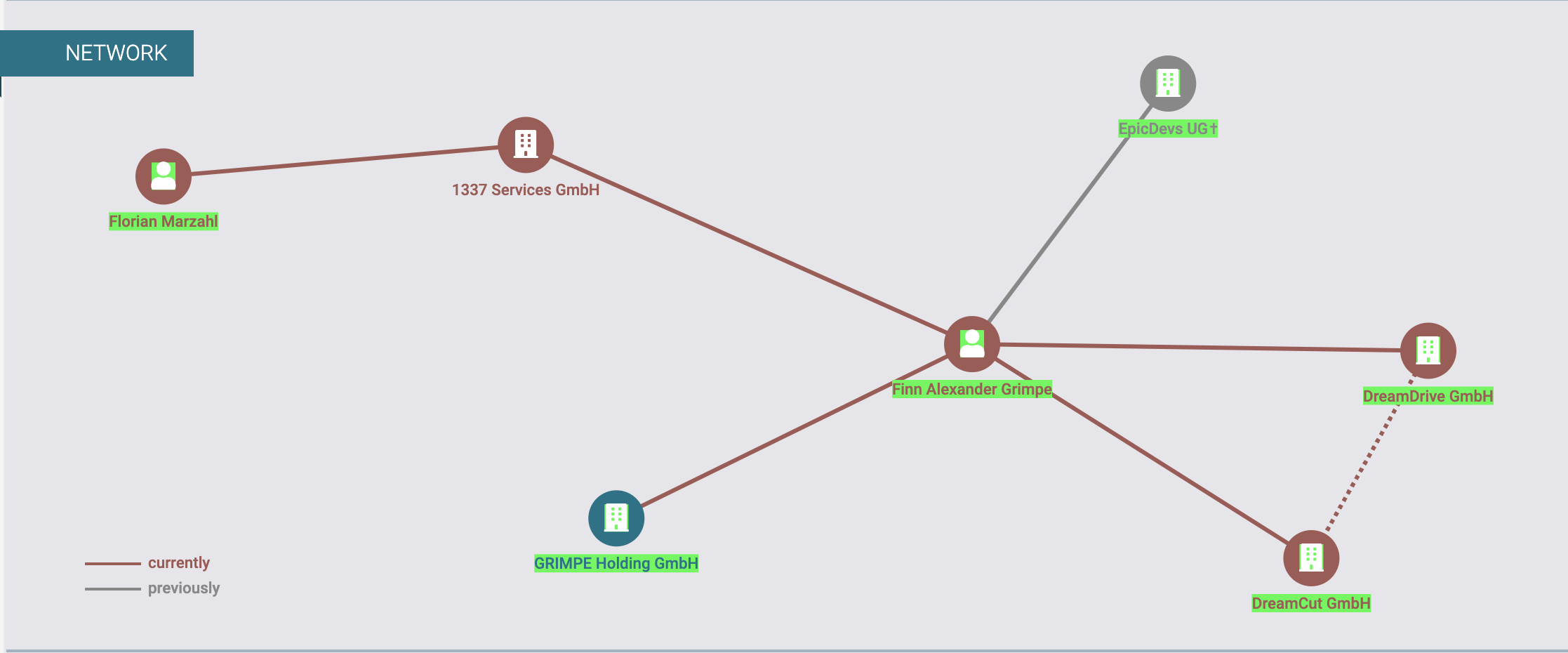




























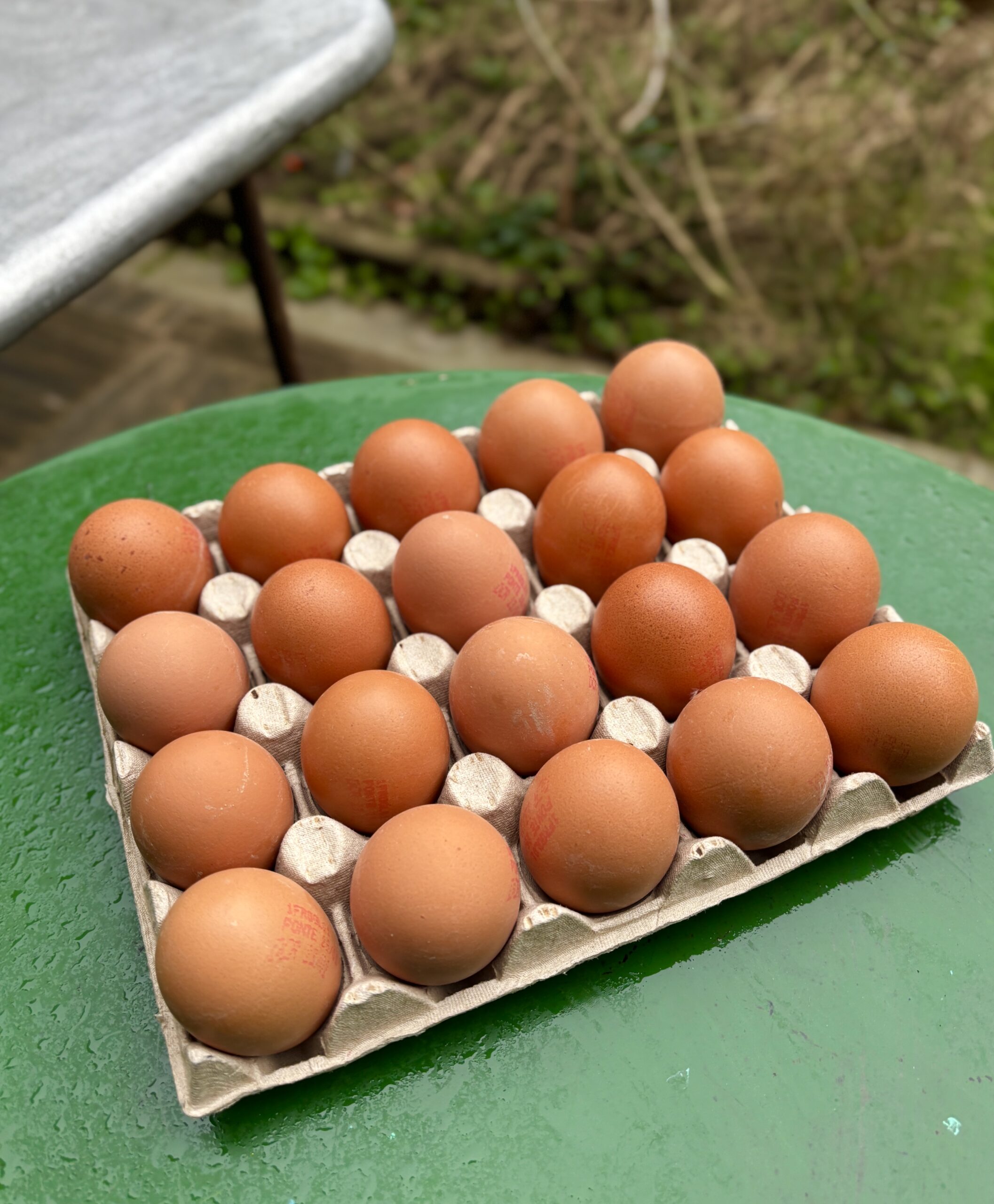











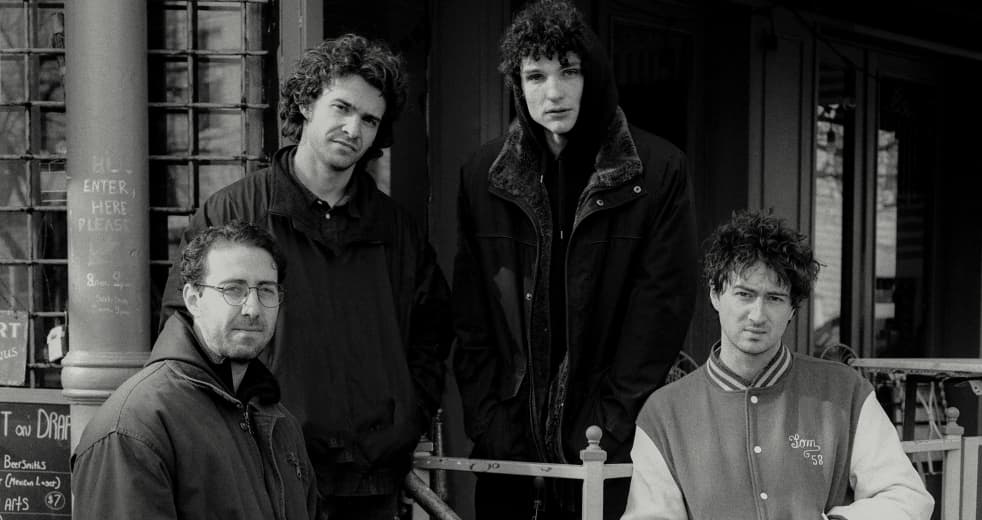







![‘The Backrooms 1998’ Exits Early Access “Soon”; PlayStation, Xbox and Switch Versions Announced [Trailer]](https://bloody-disgusting.com/wp-content/uploads/2025/02/backrooms1998.jpg)
